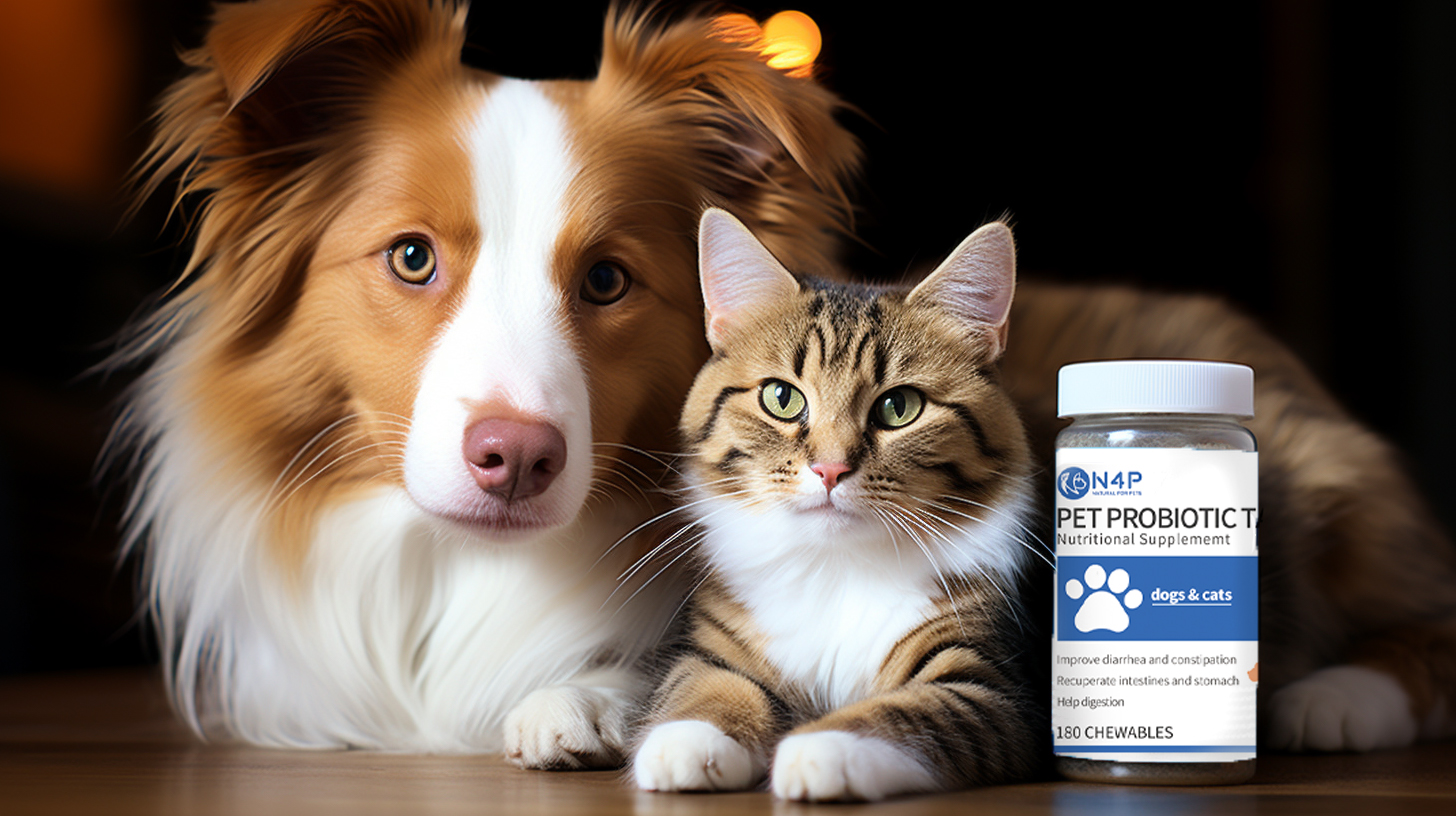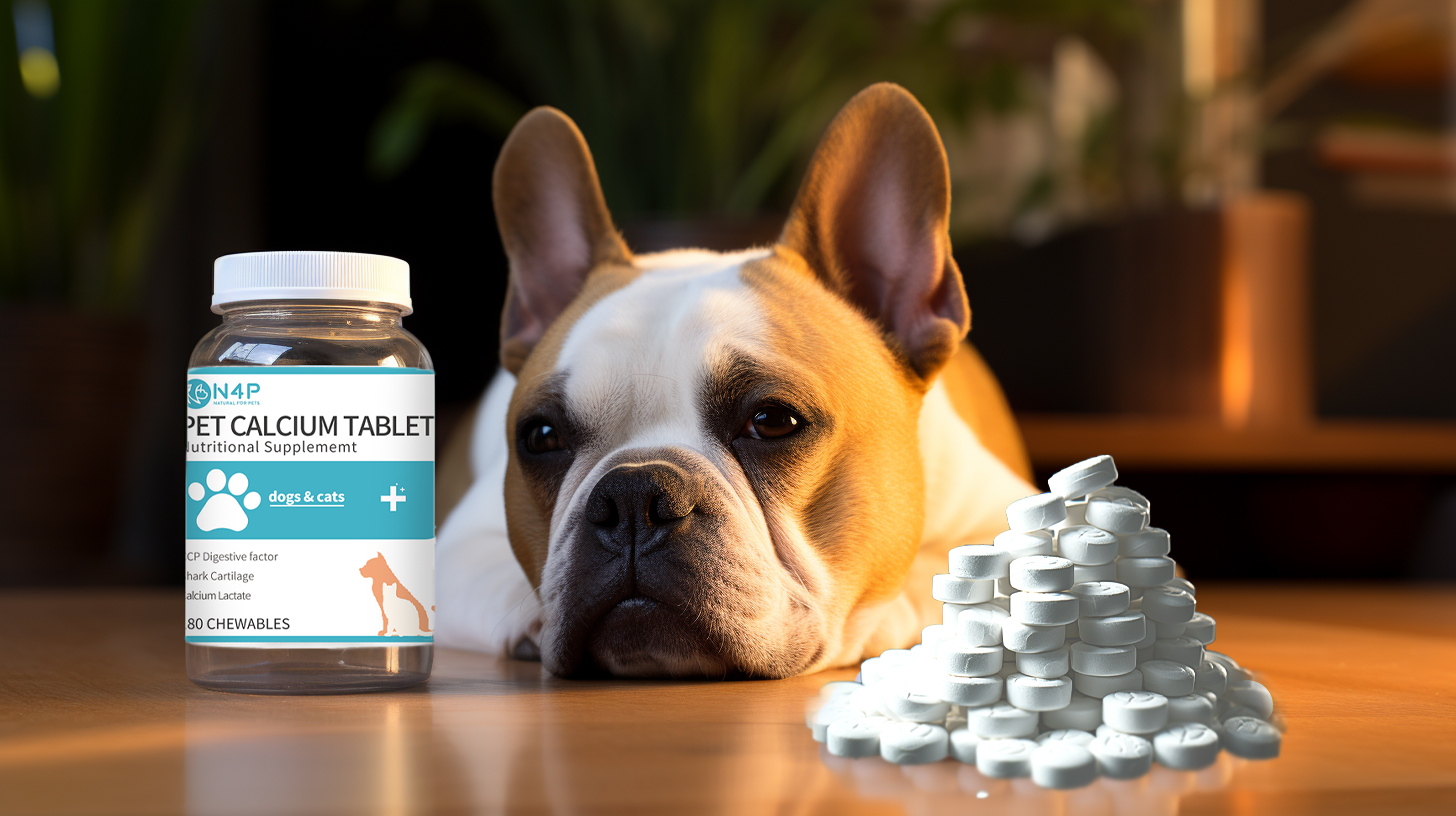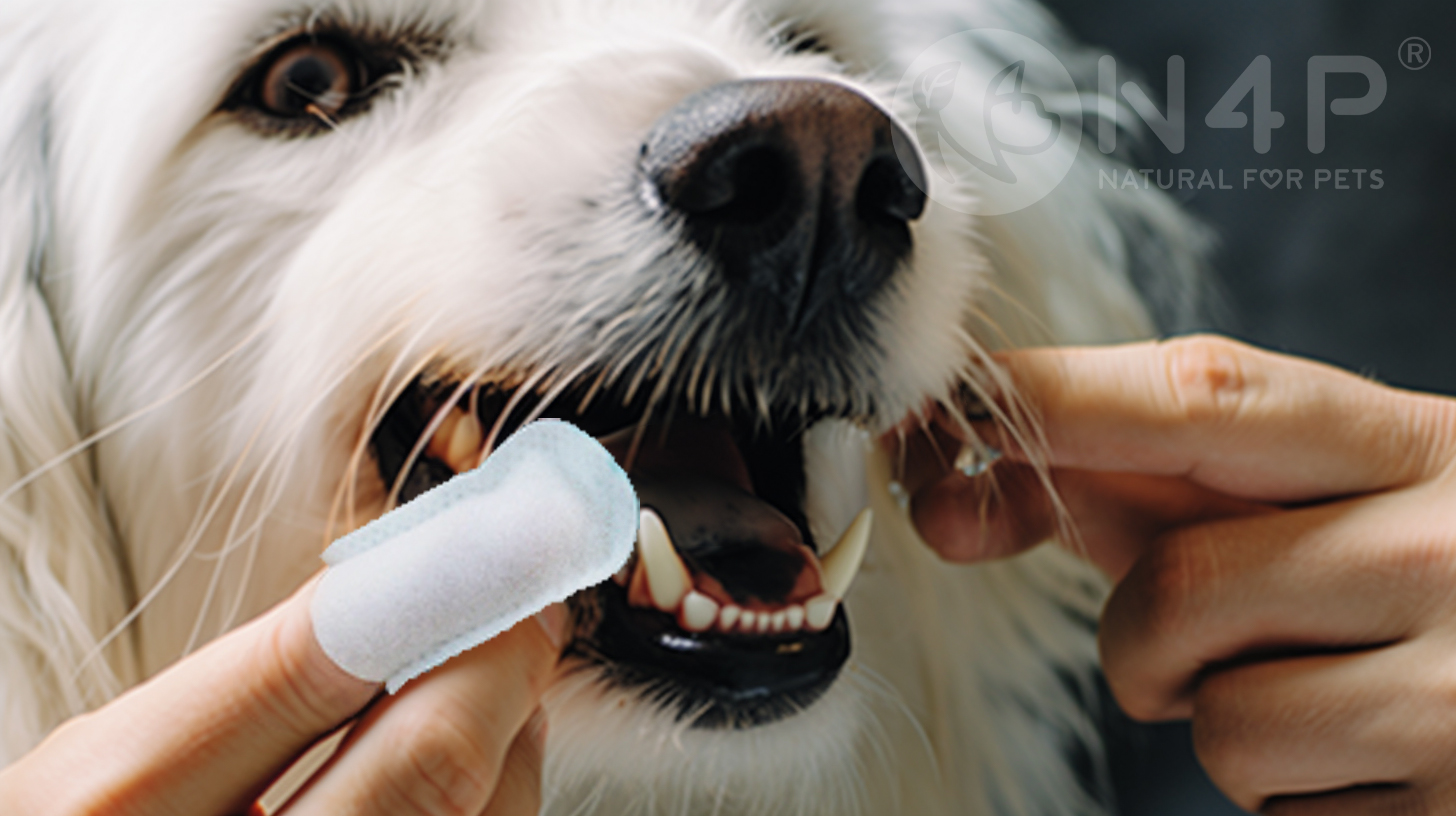Why Microchipping Is Something Every Dog Owner Should Do
Don’t let them leave home without it. Microchipping your dog improves the chances that if your best friend is lost, you’re going to be reunited with them. Here’s what to do. ![]()
By Stacey Freed Updated April 15, 2021 Advertisement Pin FB More Tweet Email Send Text Message Print 
veterinarian scanning french bulldog for microchip Credit: DjelicS / Getty
It might take only one story of a long-lost dog reunited with her owner to bring on the tears. But imagine that story writ large. According to the American Humane Society, 10 million dogs and cats are lost or stolen in the U.S. each year, and only 15 percent are returned to their families.
Microchipping your dog is probably the “most effective way to help you reunite with your pets if they’re lost or stolen,” says Michael San Filippo, spokesperson for the American Veterinary Medical Association. “Microchipped dogs are more than twice as likely to be reunited with their families than dogs without microchips. It’s really one of the most important things you can do as a pet owner.”
What’s a Dog Microchip?
A microchip is a radio frequency transponder about the size of a grain of rice. It’s held inside a bioglass capsule, which is often used for implants in dogs and people. The only data on the chip is a unique identification number used to get contact information for the dog’s human family. “It’s a permanent form of i.d. should your dog’s collar or tag come off,” says Sharon Albright, DVM, manager of communications and veterinary outreach for the American Kennel Club Canine Health Foundation. “It is not a GPS tracking system.”
Pet parents can also consider "smart" pet tag IDs. These tags clip on to collars and feature unique QR codes. Once pet parents register online, the tag can be scanned and contact information will pop up. If a pet is ever lost, someone can scan that QR code, receive all of the owner's contact information, and the owner and a small circle of specified "friends" will be alerted that the code has been scanned. Services like these include PetHub and PetCode.
Implanting the Microchip
The microchipping procedure is simple and pretty much pain-free, Albright says. It’s inserted under your dog’s skin with a “relatively large needle compared to those used for other injections, but it’s quick, very safe, and you can insert a microchip in awake dogs.”
She stresses the importance of going to a veterinarian’s office to have a microchip implanted. Although there is no standard spot to implant a microchip on your dog, vets usually place them between your dog’s shoulder blades where the skin is relatively thick and is easy to get to with a scanner. “Shelters and vet offices know to scan for a microchip in that location,” Albright says.
The cost to implant the microchip is likely “less than $50, but there may also be a registration fee,” Albright says.
Who Makes Dog Microchips?
Albright says there are just a few major brands including Reunite; HomeAgain; The Friendchip; and Trovan. They all do the same thing in terms of permanent identification and differ in a few ways. Some use “anti-migration technology” to make sure the chip stays in place (although migration isn’t really an issue, Albright says).
Different brands can be scanned at one of three frequencies used in the microchip industry (125, 128, or 134.2 kHZ). There are universal scanners that can read all the frequencies. The American Animal Hospital Association has a Universal Pet Microchip Lookup system, a search tool that looks at participating microchip registration databases and returns the results for registered microchips.
Some microchip companies may offer add-ons like a support system if your dog gets lost or stolen, and they may connect with other products such as electronic pet doors with microchip sensors that allow your dog to enjoy his or her freedom—but keep out the neighborhood raccoon.
Very Few Negatives
Microchipping is safe and there are relatively no downsides. San Filippo says the British Small Animal Veterinary Association’s database, which was started in 1996, “showed that of 4 million animals microchipped only 391 had adverse reactions like migration, chip failure, hair loss, infection, swelling, and tumor formation.”
The benefits of microchipping “outweigh any negatives,” Albright says. And the most important thing to remember is to register your dog’s microchip and keep your contact information updated. You don’t want to be lost when your dog is found.







